Report this entry
More from the same community-collection
White House Department Store in 1910s
The picture captures the White House Department Store, which ...
El Paso Sheriff's Building in 1910s
E.P. Residencies. H.R. Hildebrand, (Sheriff 1870). Image of the ...
Overview Shot of Pioneer Plaza 1910s
Overview shot of the Pioneer Plaza includes: The White House ...
Katherine Stimson's Wright Bi-Plane
Katherine Stimson's Wright Bi-Plane arriving (or departng) El ...
Overview of N. Stanton and Missouri St.
Landscape overview shot of N. Stanton and Missouri St. and a ...
Businessman Behind The Wheel Of A Truck - El Paso, Texas - 1900
Three Businessmen take care about their truck and their load in ...
Texas Department Of Crimimal Justice - El Paso, Texas
Texas Department Of Criminal Justice in 3901 State Jail Road. ...

















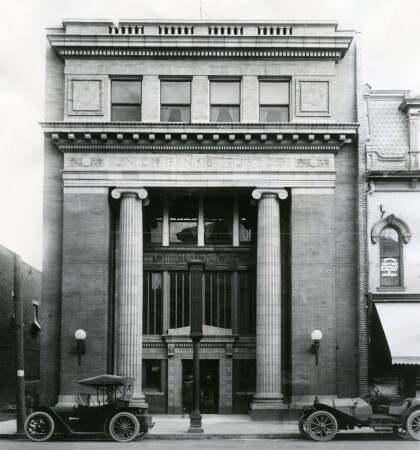
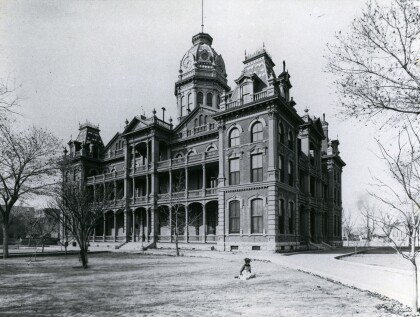
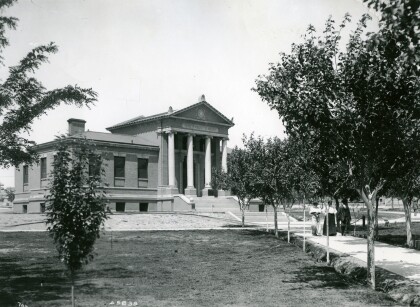
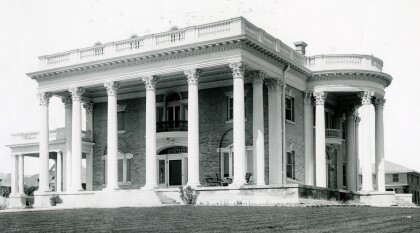
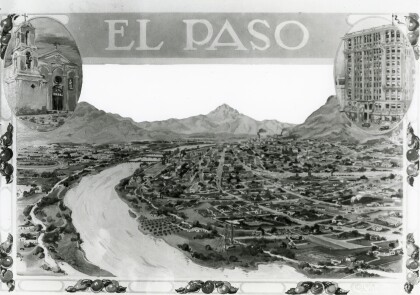
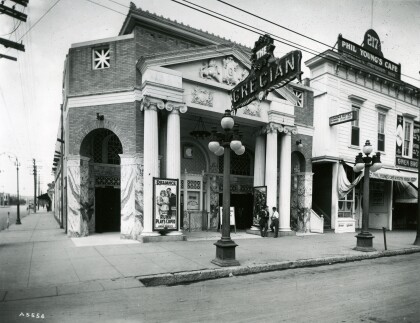
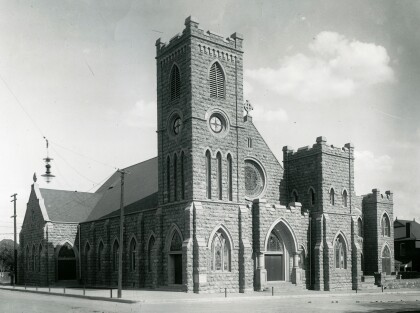
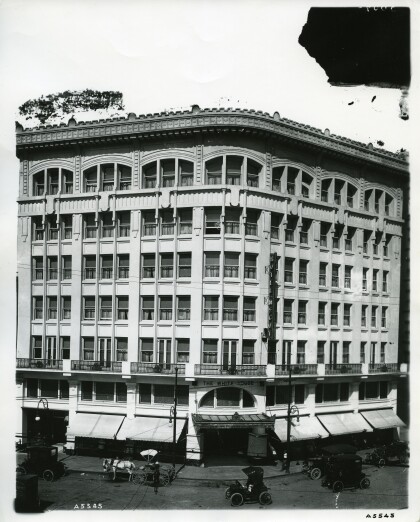
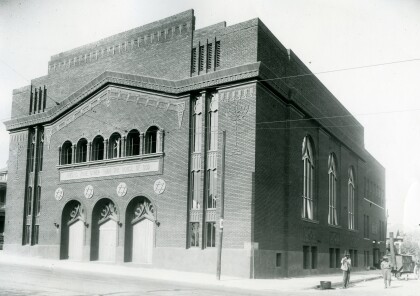
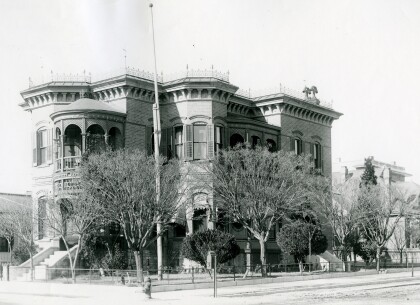
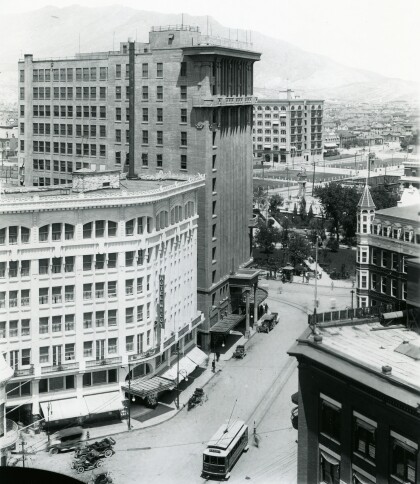
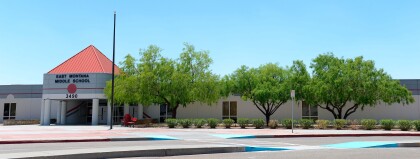
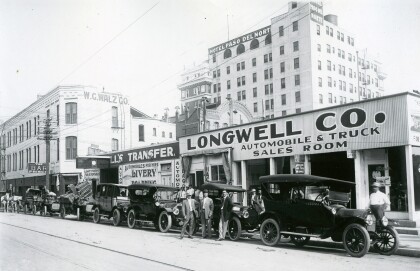
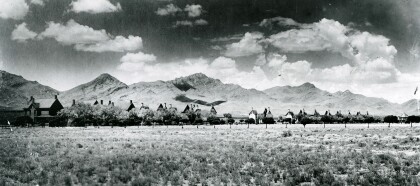
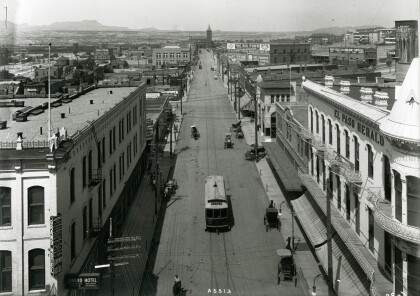
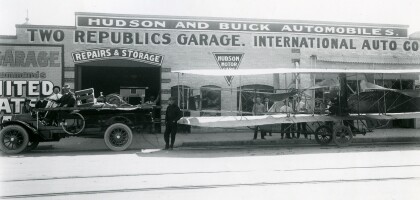
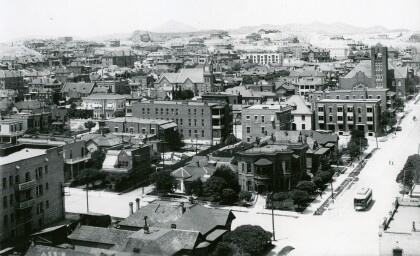
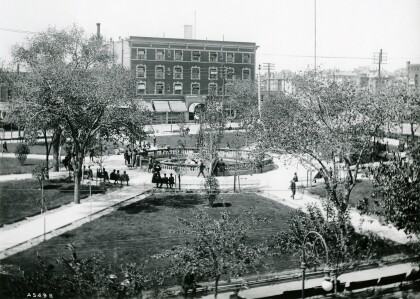
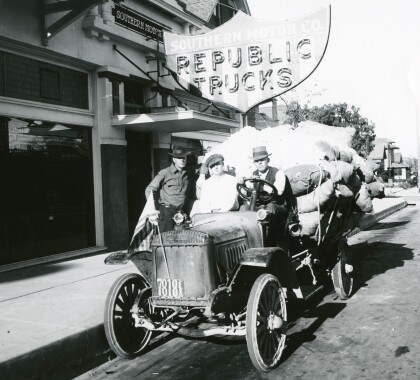


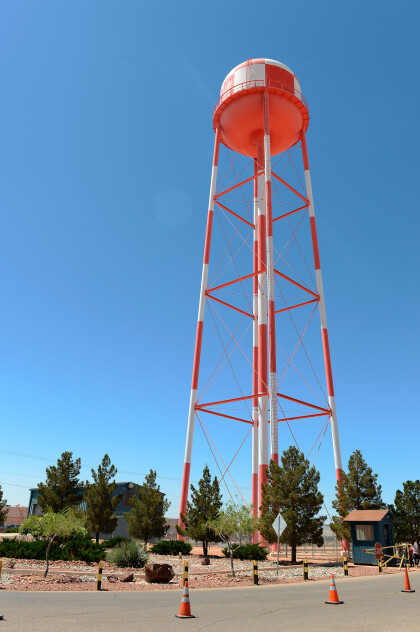
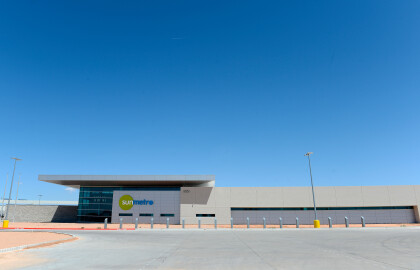
Comments
Add a comment